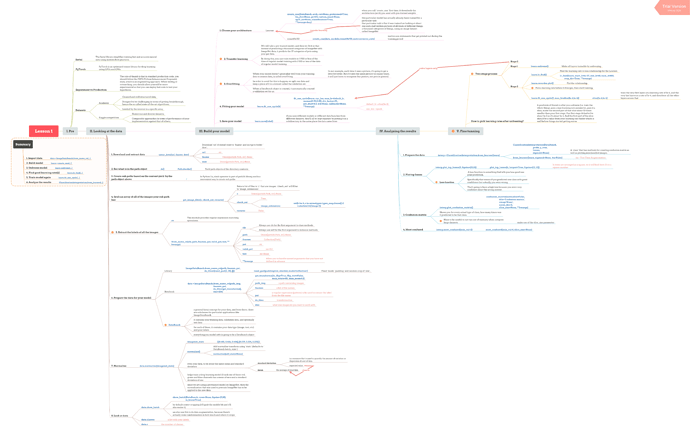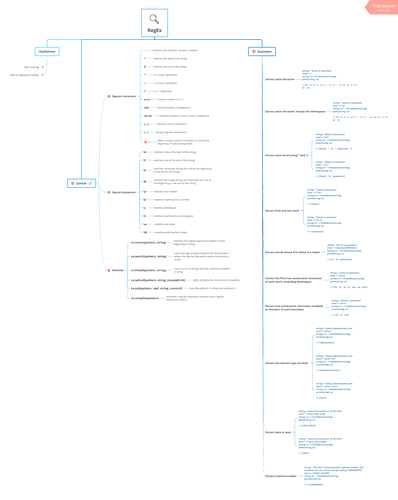Yes if using pretrained weights.
Does anyone has a change to look into the create_cnn (extracted from learner.py line 61 below)? Is it appropriated to have a space between if and none?
body = create_body(arch(pretrained), ifnone(cut,meta['cut']))
Thanks a lot. I am still trying to get myself familiar with the new library. 
Probably most important thing for your learning of the code is to ensure you’ve set up your editor to allow you to click on words in your code to jump to their definition and popup their summary. Once you’ve got that working, everything will be far easier! 
Does anyone know a easy way to download these notes?
I like goto functionality in Atom editor.
Pasting my Lesson 1 notes here too, in case the thread is converted into wiki:
It already is a wiki.
question in regard to show_batch
What exactly does the method use to be able to center crop the image?
In the lesson is said that it grab the middle bit, but I quite don’t understand what bit stands for in this context…
Thank you!
I did a mindmap of Lesson 1
The goal is to create a mindmap of each lesson.
I also did a mindmap on RegEx
Hope it will be helpful to somebody…
Enjoy 
@leovcld thanks for these nice mindmaps.Which software / tool did you use for creating these?
Xmind Zen, i suppose
Is learn.save stores the best model obtained during training?
Is there link to guide created by Francisco for creating dataset off Google Images?
Watch lesson 2. You can learn how to create dataset from google images in lesson 2
thanks. I thought that was hw for lesson 1. Got it!
I found the use of slice(start, stop) in the fit_one_cycle method pretty confusing. It seems like the typical use is to define a slice object with integers to index through arrays. So instead of saying x[start:stop:step], you can define a slice object, y=slice(start, stop, step), and then slice into x by passing in y like: x[y].
Here are the docs that helped me decipher how this is used in the fastai library (check out the source code): https://docs.fast.ai/basic_train.html#Learner.lr_range
Essentially, the fastai library uses slice to get access to the parameters in the slice object here, so that if you have a y=slice(start, stop) object, you can easily reference the parameters like y.start and y.stop
Just adding this note here because I spent some time looking up how the slice object is used in python, but didn’t find any comparable examples, so maybe I could save others a few mins.
I used Lesson 1 to build a classifier for the Arabic Handwritten Characters Dataset and wrote about it here: https://medium.com/@matthewleearthur/deep-learning-handwritten-arabic-digits-5c7abc3c0580
fit_one_cycle - Is this function adding new layers? Or is it just re-training the last layer in Resnet34? I am not able to understand what is exactly happening in the transfer learning step! Could someone please help?


